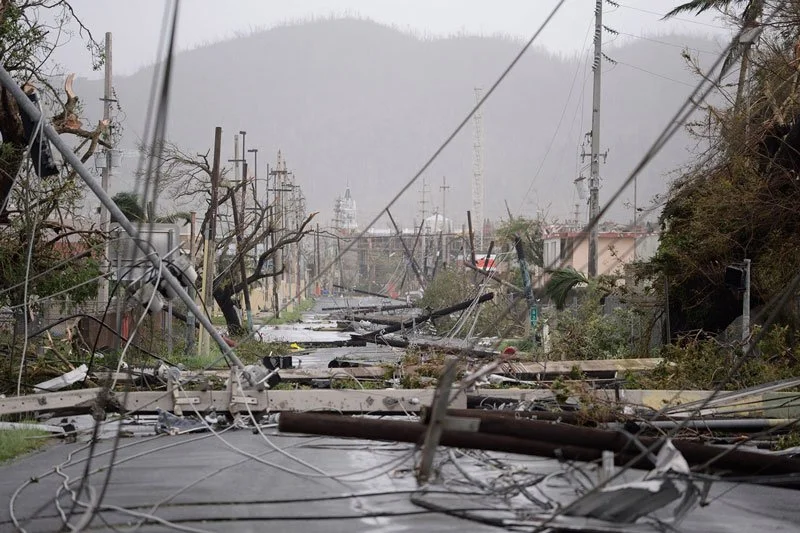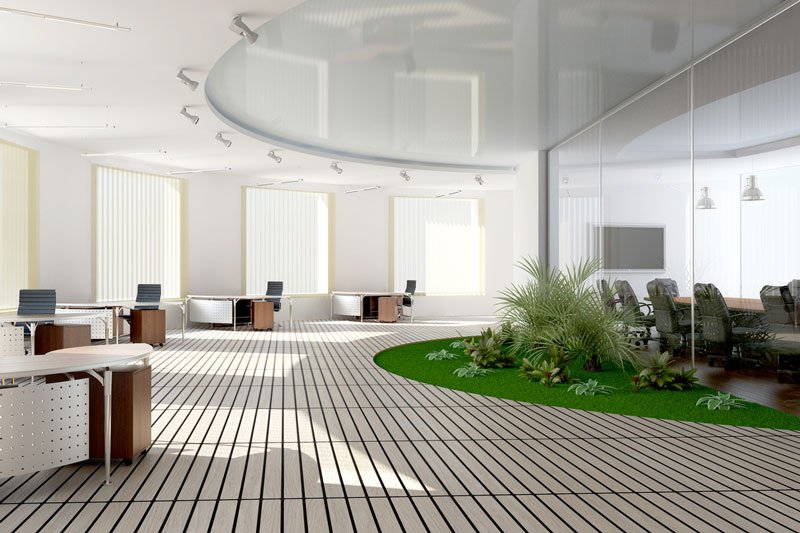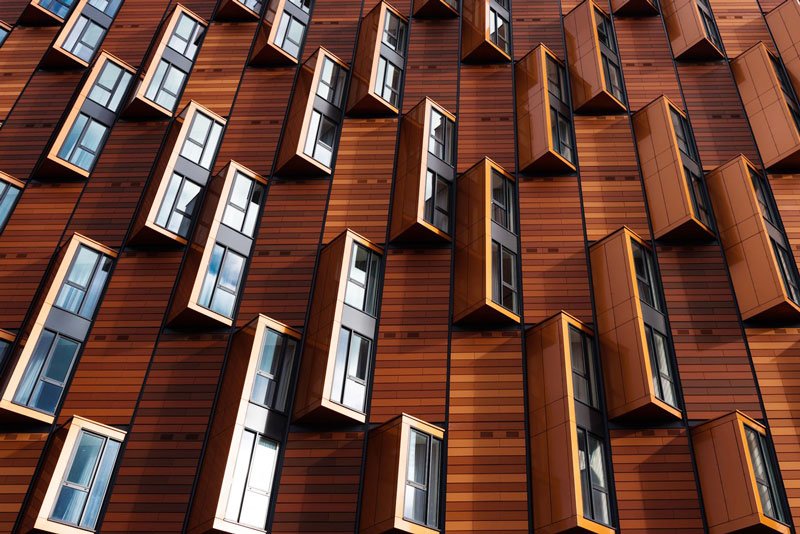
Resilient Design Protects Against Natural Disasters and Accelerates Recovery
Key Principles, Characteristics and Applications of Resilient Design
In the face of these devastating natural disasters, designing resilient buildings has become more important than ever, tasking architects and developers with incorporating innovative design and building techniques that improve resiliency. But let’s start at the beginning.
The Critical Role of Architects in Post-Disaster Reconstruction
Natural disasters are catastrophic events that cause loss of life, extensive property damage and environmental degradation.
Coming back from such devastation is extremely challenging. Events like Hurricanes Maria and Irma demand we put aside our differences and usual functions to do whatever it takes to help each other and recover as soon as possible.
Disasters like these remind us of our roles as human beings and citizens. But what is our role as architects? How can we help?
Building Codes Save Lives and Property in Natural Disaster-Prone Areas
This year’s busy hurricane season reminds us of the importance of complying with building codes that promote the construction of safe and durable structures.
Strict, uniform building codes protect lives and mitigate property damage caused by natural and man-made disasters.
Sustainable Design Matters to Green Travelers and Eco-Friendly Hotel Guests
The increasing popularity of eco-friendly or green tourism is driving sustainable design in the hospitality industry to new heights.
Green travelers want to stay in green hotels, and eco-friendly guests are not likely to be persuaded to act against their values. Sustainable design offers environmentally conscious travelers a place where they can feel comfortable spending their time and their hard-earned cash.
Lights Out! How to Combat Light Pollution with Sustainable Design
It’s annoying; it can be dangerous; it changes the natural life cycles of humans and wildlife.
It’s artificial light going in all directions and getting into areas where it shouldn’t be, to begin with.
You’ve seen it before. It’s all around us, in the form of city lights, creating a halo around the skyline. Or in the illumination outside certain buildings to make them seem notorious and important.
On the highways, it’s those bright digital billboards that distract you from driving safely and even hurt your eyes. At home, it’s that annoying light coming from your neighbor’s patio that creeps in through the window and makes it hard to fall asleep.
It’s called light pollution and it affects us all.
Sustainable Office Design is Good, Sustainable Business
When you sustain your resources, they sustain you.
In sustainable architecture and interior design, designers seek to minimize the negative impact of buildings on the environment by applying to their designs innovative green methods—involving energy-saving technology, sustainable materials, recycling, repurposing and other elements that support long-term ecological balance.
Indeed, balance is key. As good citizens, we must balance our need to consume natural resources with the planet's need to conserve them. We can truly flourish only in a flourishing environment.
A Firm Commitment With Our Planet: Let's Take Action During Earth Month
April is Earth Month. There's no better time than now to make small changes that can have huge positive consequences for our planet.
Earth Month stems from Earth Day, established on April 22, 1970, when thousands of colleges, universities, secondary and primary schools as well as hundreds of communities throughout the U.S. joined to call for environmental reform and "save the planet." Over the years, Earth Day evolved into Earth Week and then into Earth Month.
The Hard-To-Swallow, Awful Truth About Plastic Bags
HOUSE BILL THREATENS TO END PLASTIC BAG BAN IN PUERTO RICO.
Plastic bags are in the news again, here at home and abroad.
The battle over their functionality and economy versus their negative effect on wildlife and the environment is once again heating up in Puerto Rico as environmental groups protest legislation that would reverse a plastic bag ban on the island.
Designing the ideal, sustainable cities of the future: Lessons from Habitat III and the New Urban Agenda
The sustainable development of towns and cities moves forward at landmark summit
This past October, world leaders and key representatives from the 193 member states of the United Nations were invited to meet in Quito, Ecuador for the celebration of Habitat III—the third world summit to take place over the course of four decades since its conception in 1976— directed toward promoting socially and environmentally sustainable towns and cities— and specifically, providing adequate shelter for all.










